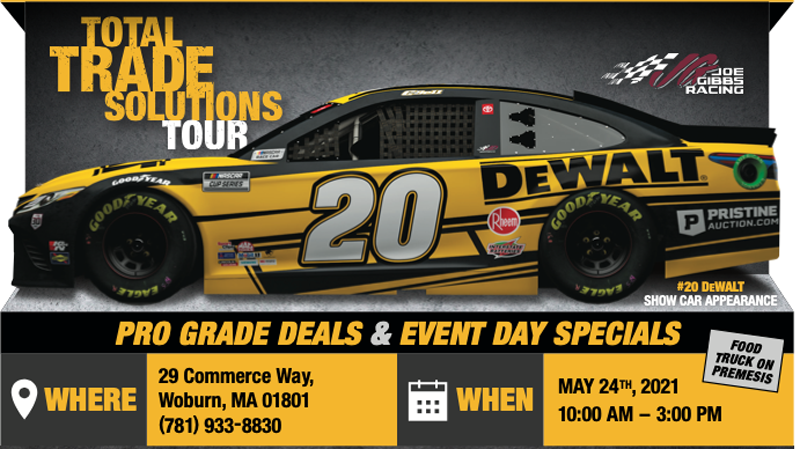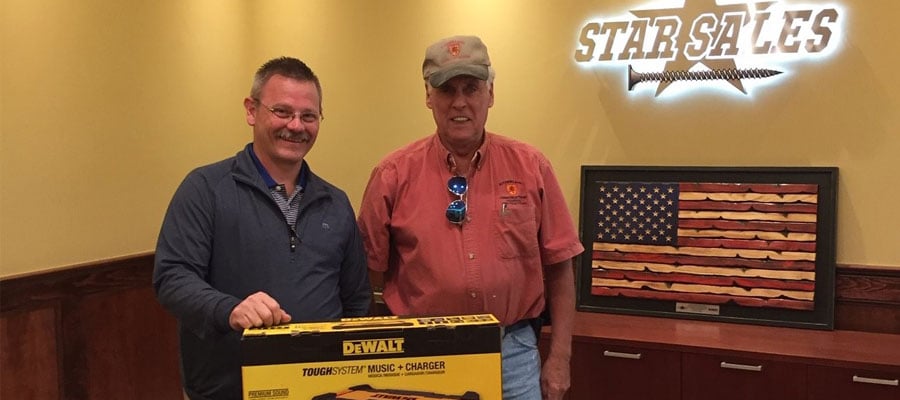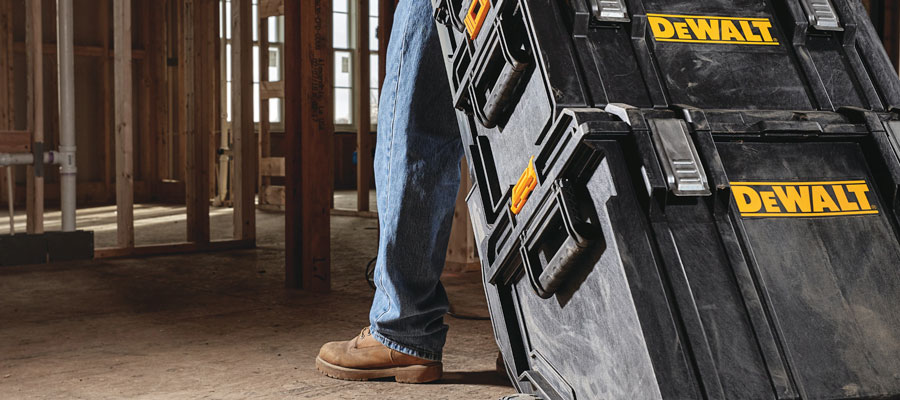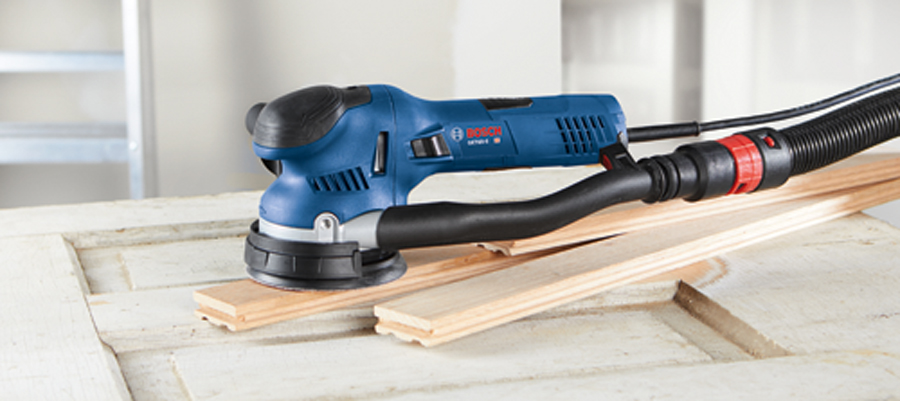When it comes to portable construction tools, one of the best to get the job done quickly is a rotary hammer. Designed to quickly drill holes or drive fasteners into hard-to-drill surfaces, it works by using compressed air to drive a piston, creating a forceful hammering effect forward into the cavity, pulverizing the material in front of the bit while turning to remove the material from the cavity. While a hammer drill can be used on metal and wood, a rotary hammer is typically used on concrete, stone and masonry. However, beyond that specific purpose, rotary hammers often have a wide range of aspects that may make one good for light work while another will drive just about anything. Here are the details to help you find the right rotary hammer for your job site.

Differences from other drills and hammers
When it comes to rotating tools, there are a few basic differences. A driver drill uses rotation alone to push drill bits and screws into the material. An impact drill uses a pulse on the rotation to add extra power to the rotation and push the bit or screw through a more difficult material. Hammer drills act in a similar fashion to impact drills, but the pulse pushes the bit forward instead of sideways, pulverizing the material in front of the bit or screw to move the hold deeper. Rotary hammers act in a similar fashion to hammer drills, but used compressed air to provide a much stronger, less frequent forward blow, pulverizing much more material in a smaller amount of time. Demolition hammers, by comparison, simply chip the concrete to break it up.
Spline, SDS Plus and SDS Max
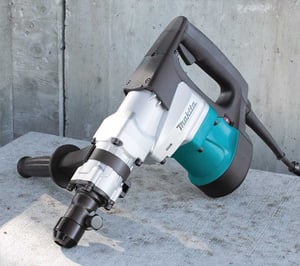
There are a few different bit-holding standards available for rotary hammers, each of which deals best with a particular range of sizes. Spline has been around for a number of years and deals with a range of 3/8" to 1-3/8" bits. SDS Plus was developed by Bosch and is quickly taking over the spline market. It works with bits from 3/16" to 3/4" and some models from Bosch will offer chipping and hammering, chipping only and hammering only modes to provide more versatility. SDS Max is designed to deal with the largest bits, from 1/2" to 1-3/4" bits and typically offer hammer drilling and chiseling only modes. As with any other power tool, if you're going to be regularly working at the top end of the tool's capacity, it's going to work better and for a longer time period if you purchase the next size up instead.
Single purpose versus multi purpose
As was mentioned previously, the changes that have been developed for bit holders have also provided new options in the different modes in which the rotary hammers work. These modes typically use a chipping or chiseling only mode, which provides strong pulsing action to pulverize the concrete, a hammering mode which rotates and a combination mode that both chisels and rotates at the same time. In general, a single-purpose hammer will be slightly more dependable because of having fewer parts to fail while a multi-purpose hammer will be more versatile to meet your job site needs.
By following the tips presented in this guide, you can find the perfect rotary hammer for your project in no time. Do you still have questions or need more information to make a decision on which one is the best fit for you? No problem! At Star Sales, we're one of the biggest rotary hammer dealers in the northeast, and our job is to keep your job moving forward. Please feel free to contact us today with any questions, for additional information or to place an order for a high quality rotary hammer.



